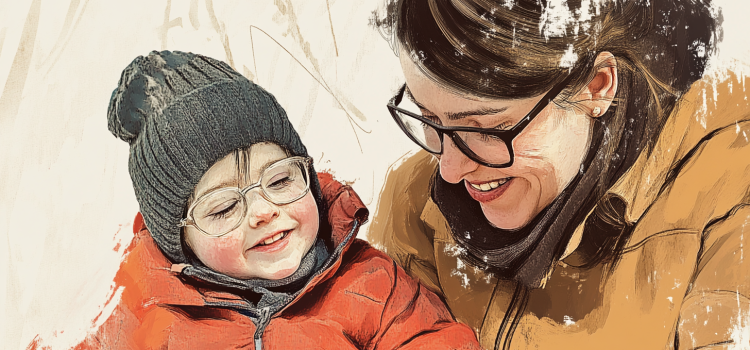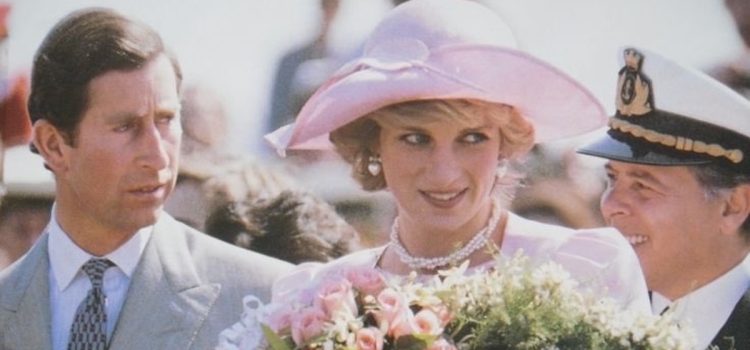Is the search for belonging more challenging when your deepest identities aren’t shared by your family? Where can people with horizontal identities find the acceptance and understanding they desperately need? In Far From the Tree, Andrew Solomon explores how the human need for belonging manifests differently depending on whether our core traits are shared with our parents. Finding supportive communities of people with similar experiences becomes essential for developing a positive self-image. Read more to dive deeper into how connection shapes our identity and why finding “your people” matters more than you might think.
The Human Need for Belonging—Finding “Your People”










